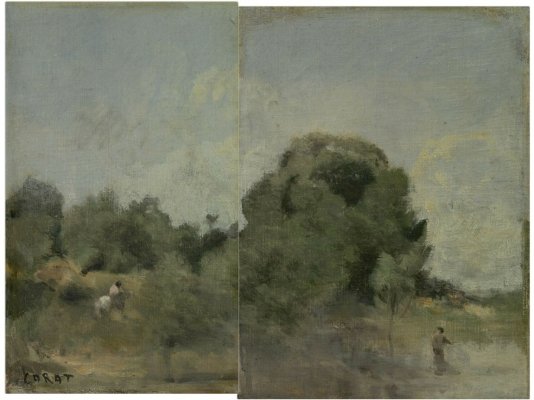kamalktk
Antediluvian
- Joined
- Feb 5, 2011
- Messages
- 7,218
What happens when scientists retire without labeling their stuff.
https://www.nist.gov/blogs/taking-measure/unidentified-museum-objects-v
--------------------------------------------------
In celebration of National Inventors Month 2019 (yes, it’s a thing) we’re highlighting some curious inventions currently cooling their heels in the NIST museum’s basement storage area. These innovations, created some decades ago, have been safely preserved and protected by the stalwart staff of the NIST museum. Trouble is, we’re not entirely sure why these particular inventions were… invented.
Welcome back to Unidentified Museum Objects, our sporadically recurring series that gives you, our readers, a chance to sound off on what you think this stuff might be.
https://www.nist.gov/blogs/taking-measure/unidentified-museum-objects-v
--------------------------------------------------
In celebration of National Inventors Month 2019 (yes, it’s a thing) we’re highlighting some curious inventions currently cooling their heels in the NIST museum’s basement storage area. These innovations, created some decades ago, have been safely preserved and protected by the stalwart staff of the NIST museum. Trouble is, we’re not entirely sure why these particular inventions were… invented.
Welcome back to Unidentified Museum Objects, our sporadically recurring series that gives you, our readers, a chance to sound off on what you think this stuff might be.


